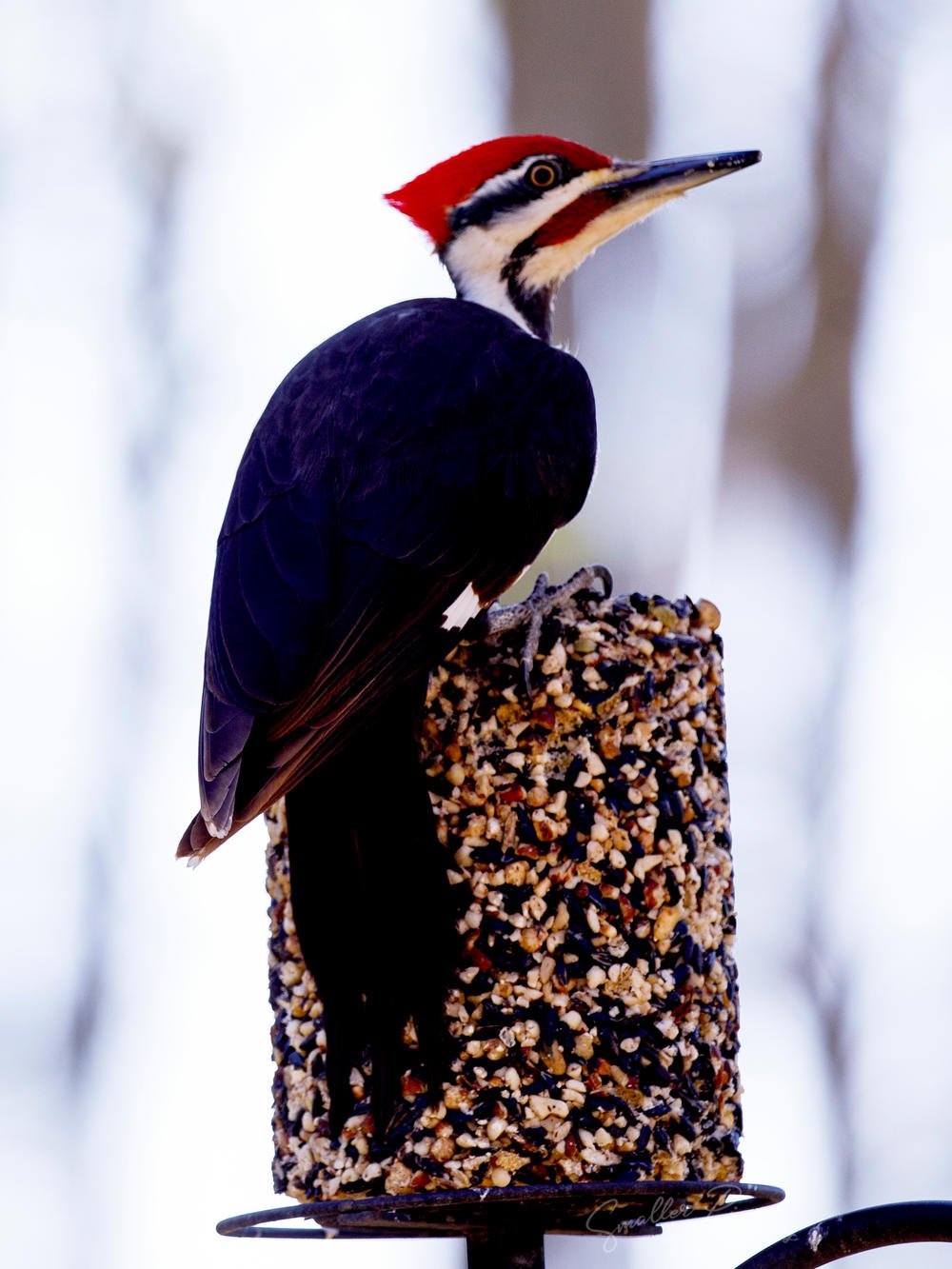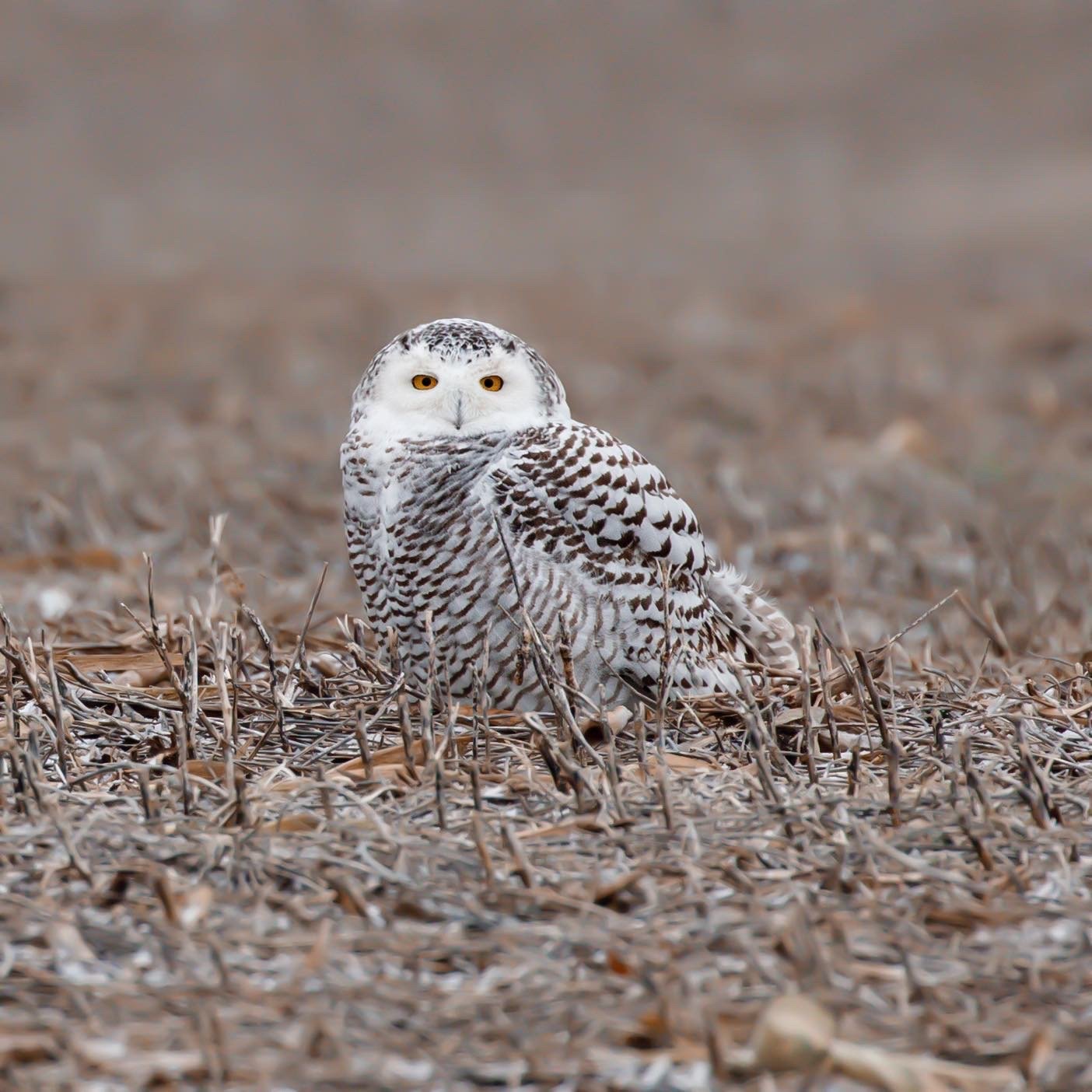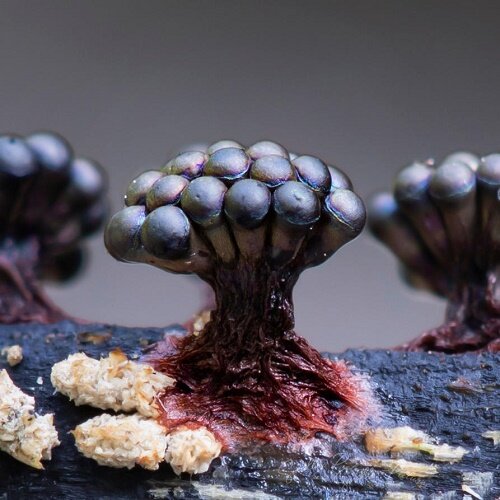I follow quite a few fungi and slime mold photographers on IG and am always fascinated by, and a little bit jealous of, the slime molds they find in their countries or in the more temperate parts of the US that are not the Midwest, where I live. We seem to have fairly run of the mill stuff and I keep thinking some day I will travel to New Zealand and Australia and Thailand and Malaysia on a fungi/slime mold hunting expedition to photograph the more exotic species that don’t grow in my area.
However, in the last couple of months I have found two things that have been surprising finds even to those that are far, far more skilled and knowledgeable than I am. I have sent the first picture of a tiny fungi to everyone I can think of and, to date, no one has been able to identify it. I am endlessly fascinated by the intricate design. I thought it was a tiny mycena mushroom but there was no stem or stalk and the Indiana mushroom expert does not believe it to be one. When I checked it the following day there had been no change in its form and the day after that there was no sign it had ever existed. Most often there will be a withered form or some sign of existence so maybe it was completely eaten by a slug. In any case, there was nothing left to try and examine. It’s still a mystery fungi. ETA: The mystery has been solved! They are butterfly eggs, not a myxo or fungi at all.
The second one is a slime mold I’ve seen pictures of and never thought I’d find in my area - metatrichia vesparium. Not only did I find it, but the second evening that I was photographing it, I found a small cluster exhibiting an iridescence that was apparently quite unusual, so much so that a couple of the experts said they’d never seen it in iridescent form before. Perhaps it only happens for a very short period of time between the plasmodium to spore stage and I just happened to catch it at the right time; I don’t know. But it rivaled some of the slime molds that I see pictures of from the PNW and New Zealand and I did a little internal celebration dance at finding something so unusual.
Those are the moments that make even facing down an angry nest of yellow jacket wasps worth it. I can’t get enough of hunting and photographing the tiny, sometimes nearly microscopic, world of slime molds. Even though I may be in a full beekeeper suit the next time I head into the woods.




















